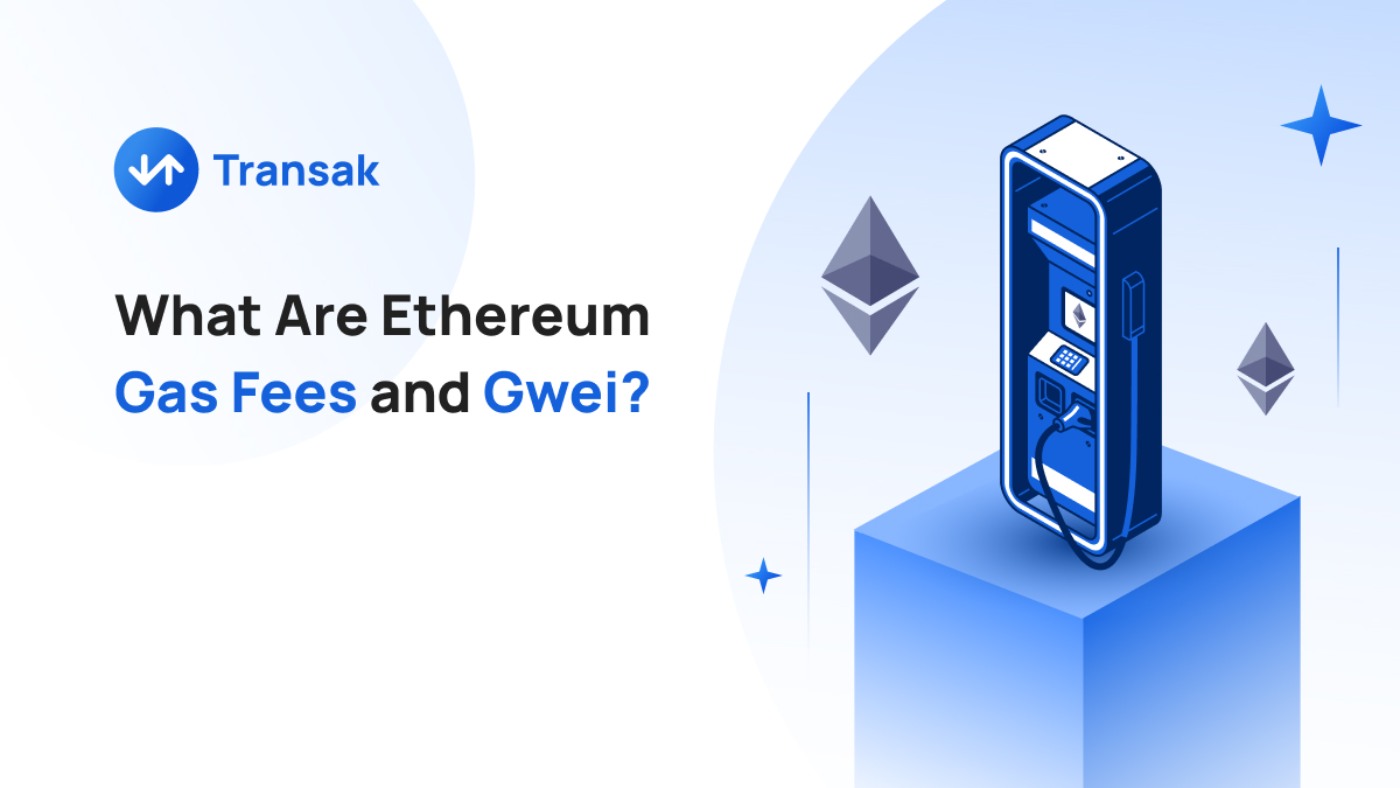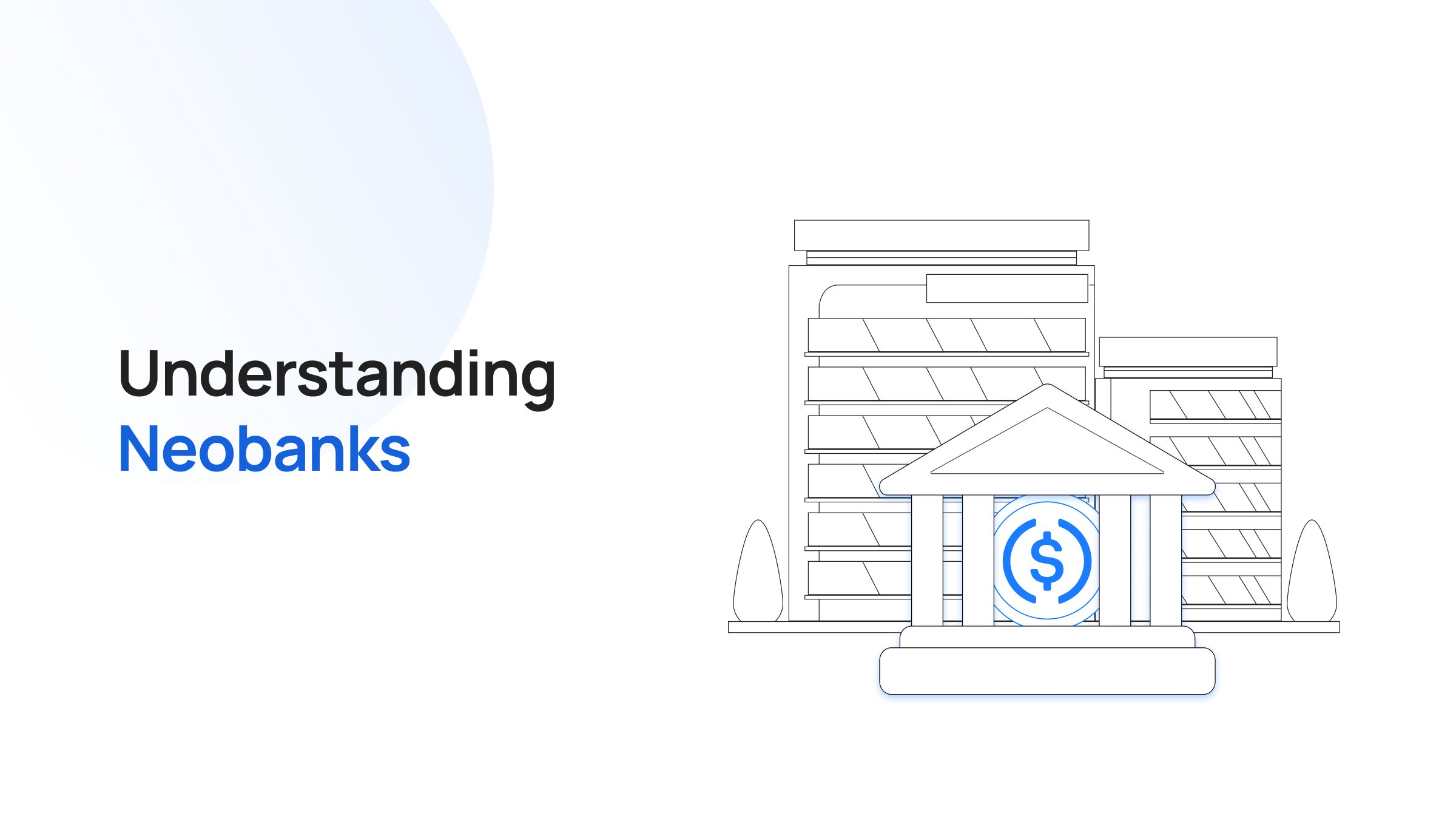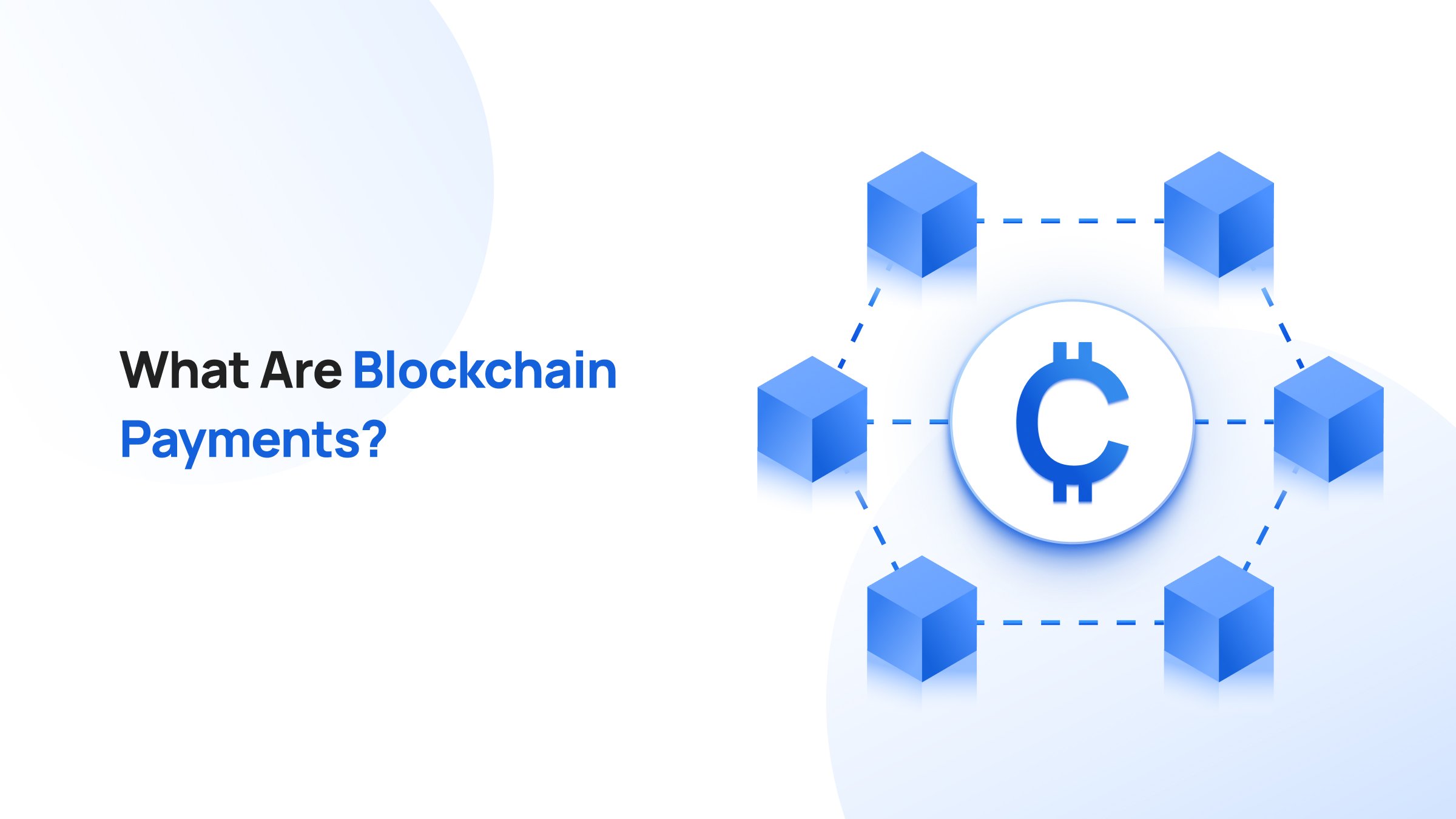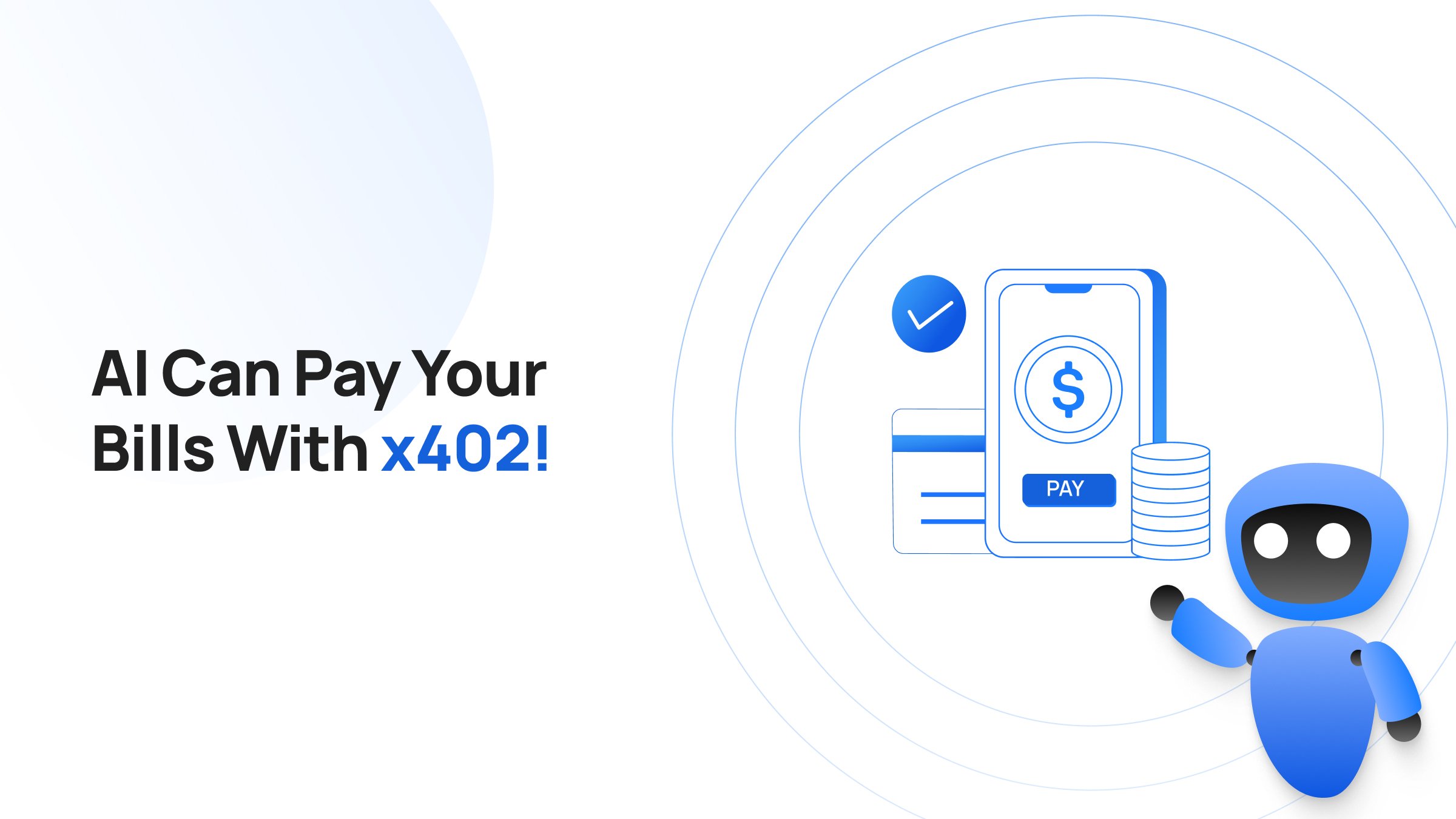Ethereum, the torch-bearer of decentralized finance, has a quirk that most dislike but is also crucial for the blockchain’s sustainability — gas.
No, not the gas you put in vehicles.
To do anything on the Ethereum network, you need gas. These fees, measured in a unit called “Gwei”, play a vital role in the ecosystem; influencing transaction speeds and overall network health.
In this comprehensive article, we delve into the intricacies of Ethereum gas fees and Gwei, how they are calculated, and their impact on both users and the broader Ethereum ecosystem.
What Is The Gas Fee and Why Does It Exist?
Gas fees on the Ethereum network are payments made by users to compensate for the computational energy required to process and validate transactions. They fluctuate based on network demand and are measured in Gwei, a small fraction of Ether, Ethereum's native cryptocurrency.
Every action on a blockchain is pretty much a transaction — either wallet-to-wallet or wallet-to-smart contract — and it consumes resources. This is paid in the form of gas fees.
Earlier, this gas fee was paid to the miners who would have the onus to execute a transaction. However, after the Ethereum upgrade to Ethereum 2.0, miners are left redundant. This upgrade has shifted the Ethereum blockchain to Proof of Stake mechanism.
What is the denomination of gas fees?
Gas fee is measured in a unit called Gwei (pronounced "gwee"). Gwei is also Ether, specifically one-billionth of an ETH (1 Gwei = 0.000000001 ETH).
Why can’t you pay your gas fee in Ether?
Technically, you are paying a gas fee in Ether (ETH). For simplicity, the units are measured in Gwei - the smallest unit of ETH. This is analogous to “satoshi”, the smallest unit of Bitcoin.
This is because gas fees can be small fractions of an Ether, and Gwei provides a more manageable unit for users. There's also an even smaller unit called Wei (named after Wei Dai, creator of b-money), but Gwei is the more commonly used denomination.
Before we dive into understanding the reasons behind it, let’s try to understand how gas fees are calculated.
How Gas Fees Work?
The PoS (Proof of Stake) mechanism requires parties willing to validate transactions. Such parties have to stake a certain amount of Ether (at least 32 ETH) before they qualify to be a validator.
Now that several parties might have staked the requisite amount of ether, they create a large pool of interested parties. A random party is then selected from this pool to validate the transaction. Once the transaction is validated, a group of several other ether holders verifies it.
Once this process is completed, the successful validator is rewarded in ether. This reward is proportional to the stake size and duration.
Now that we understand the basics, let's delve into how gas fees are calculated. There are three key variables involved.
- Transaction Complexity
The complexity of the impending transaction determines what amount of gas is required to perform the transaction. Naturally, the more complex the transaction, the more gas fee you pay, and vice versa.
- Base Fee
This is the minimum fee you have to pay for any transaction. Anything less than this base fee makes the transaction ineligible to be processed on the blockchain.
- Priority Fee
This is an optional incentive that you can offer to get your transactions executed with priority.
Calculation
The actual gas fee is calculated by multiplying the gas limit by the gas price:
Gas Fee = (Base fee + Priority fee) * Gas (in Gwei)
For example, if you set a gas limit of 10,000 and a gas price of 100 Gwei while you pay an additional 1000 Gwei as the priority fee, In this case, your gas fee will be calculated as below:
Gas fee = (10,000 + 1000) * 100 = 1,100,000 Gwei or 0.0011 ETH
What Are the Factors Affecting Gas Fees?
Gas fees are not static. They fluctuate regularly based on market conditions.
Network Congestion
Just like rush hour traffic on a highway, a busy Ethereum network leads to higher gas prices. When more transactions are competing for processing power, users need to offer higher gas prices to incentivize miners to prioritize their transactions.
A report by CoinDesk in February 2022 highlighted instances where gas fees reached record highs due to increased DeFi activity.
So, it is natural that when you are paying high gas fees, your transactions get executed rather quickly than when you are paying low gas fees.
Transaction Complexity
Simple transactions like token transfers, transferring funds from one wallet to another, etc can be executed by paying lower gas fees.
Conversely, complex transactions involving smart contracts (self-executing code on the Ethereum blockchain) like multi-signature transactions, large data uploads, etc., require more processing power and incur higher gas fees.
These are the two core factors affecting gas rates for any given network. However, you can deploy certain strategies to minimize your gas fee expenditure.
How can you minimize your Gas Fee expenditure?
While gas fees are an essential part of the Ethereum network, there are ways to minimize their impact on your transactions:
Plan Your Transactions
Network congestion tends to be higher during peak hours. Consider sending transactions during off-peak hours, like late at night or early morning, when gas prices are generally lower as many people are inactive.
Explore Gas Price Estimation Tools
Many wallets and exchanges offer gas price estimation tools like Etherscan, Rareskills, etc., to help you determine the optimal gas price for your transaction speed needs.
L2 Scaling Solutions
By using L2 scaling solutions like Arbitrum, dYdX, and Loopring, you can minimize your gas fee.
What’s the Future of Gas Fees?
Ethereum developers are constantly working on scaling solutions to address the issue of high gas charges. These solutions aim to increase the network's capacity to process transactions without compromising security.
Some promising scaling solutions include sharding (dividing the blockchain into smaller chunks) and layer-2 protocols built on top of the Ethereum blockchain to handle some processing load.
Proto-Danksharidng (EIP-4844)
Proto-danksharding (EIP-4844), is an upgrade for the Ethereum network that lays the groundwork for future scalability improvements. It doesn't directly increase Ethereum's transaction capacity itself but instead focuses on making Layer 2 rollups more efficient and cost-effective.
EIP-4844 introduces a new type of transaction that can carry additional data called a "blob." These blobs can hold up to 125 kb of information. Blobs aren't permanently stored on the blockchain. Instead, they are cryptographically summarized using a technique called KZG commitments. This reduces the overall storage burden on the network.
Blobs aren't permanently stored on the blockchain. Instead, they are cryptographically summarized using a technique called KZG commitments. This reduces the overall storage burden on the network.
Think of proto-danksharding as preparing the foundation for future sharding on Ethereum. While sharding itself isn't implemented yet, EIP-4844 sets the stage for a more scalable Ethereum by making rollups, a key scaling technology, more efficient.
Dencun Upgrade
The Dencun upgrade, which went live on March 13, 2024, primarily targets reducing gas fees for Layer 2 transactions on Ethereum, not directly impacting the mainnet's gas prices.
A decrease in Layer 2 fees might incentivize users to migrate there, potentially leading to less congestion on the mainnet. This could, in the long run, contribute to a slight decrease in mainnet gas fees as well. However, this effect might be less significant than the reductions observed in Layer 2.
The Dencun upgrade is a significant step towards making Ethereum more scalable and user-friendly. The biggest impact is expected on Layer 2 solutions, where users can expect noticeably lower transaction fees. Mainnet gas fees might see some indirect benefit in the long term, but the primary focus of Dencun is on Layer 2 scaling.
ERC-4337
ERC-4337, also known as the account abstraction standard, is expected to have a complex impact on Ethereum gas fees.
ERC-4337 enables alternative fee payment methods besides using Ether (ETH) for gas. This could involve using tokens or having transactions sponsored by other parties. This flexibility could potentially lead to lower fees for users who don't hold ETH or can leverage sponsorship options.
The standard introduces "bundlers" that group multiple transactions. This can improve gas efficiency and potentially reduce fees for users whose transactions are included in these bundles. Additionally, ERC-4337 aims to improve gas estimation, which can help users avoid overpaying for gas.
However, ERC-4337 is a relatively new standard. The actual impact on fees will depend on how widely adopted it becomes and how effectively these features are implemented in practice. While ERC-4337 offers alternative fee options, there might be additional costs associated with using them, such as fees for using specific tokens or relying on sponsors.
Conclusion
Gas fees are a fundamental aspect of the Ethereum ecosystem, serving as both a payment mechanism and a network congestion control tool. Network demand is the primary driver of gas fee fluctuations.
Users can proactively manage gas costs through informed transaction timing, gas price tools, and adoption of Layer 2 solutions.
The future of Ethereum holds the promise of reduced gas fees as scaling solutions continue to gain traction.
For more information, visit transak.com or follow on twitter.com/transak.






